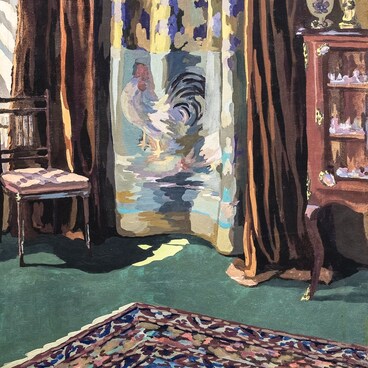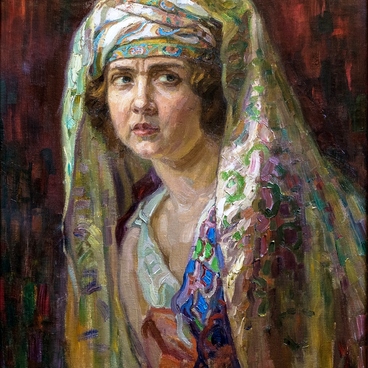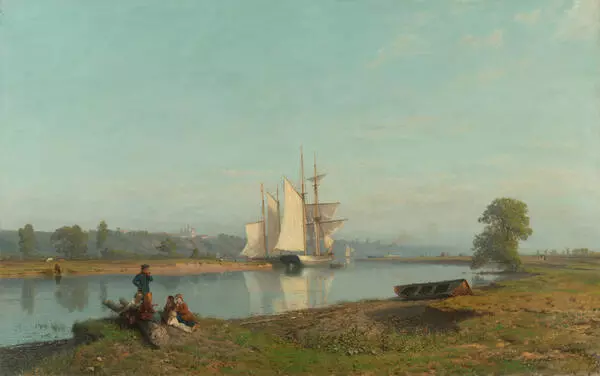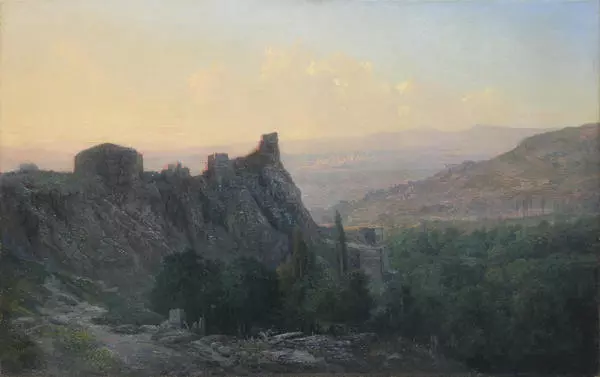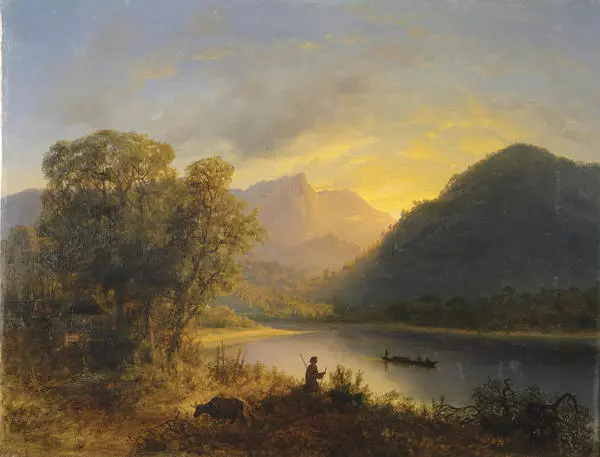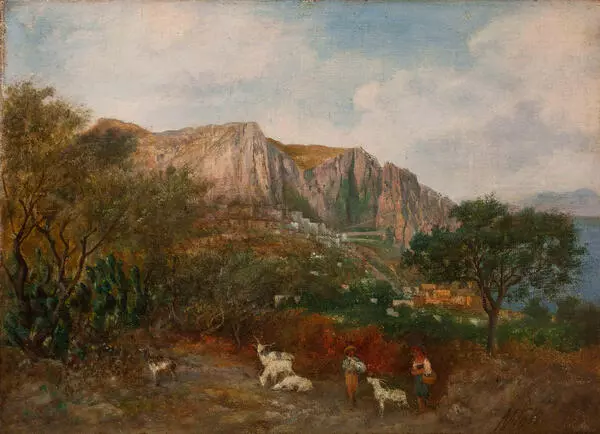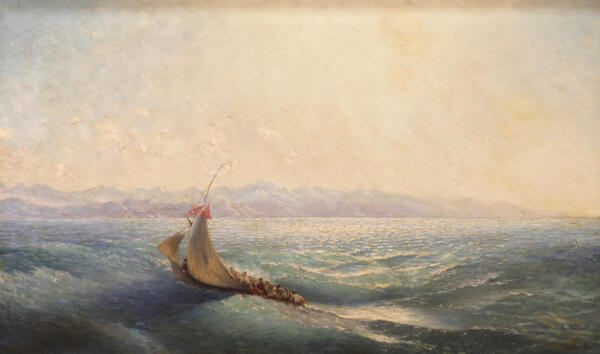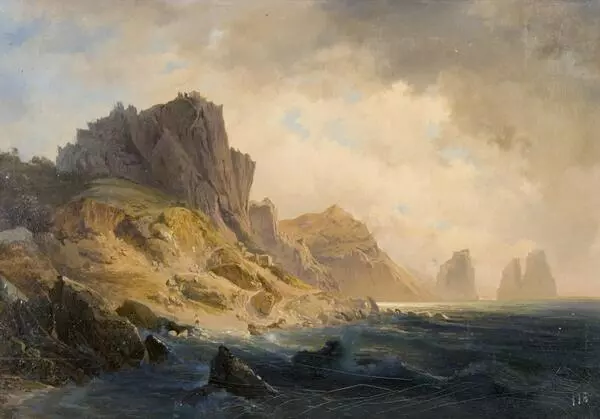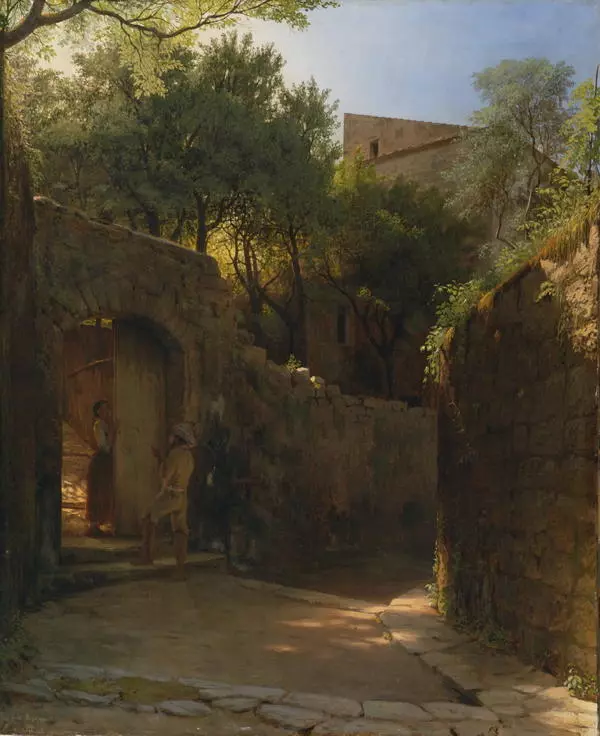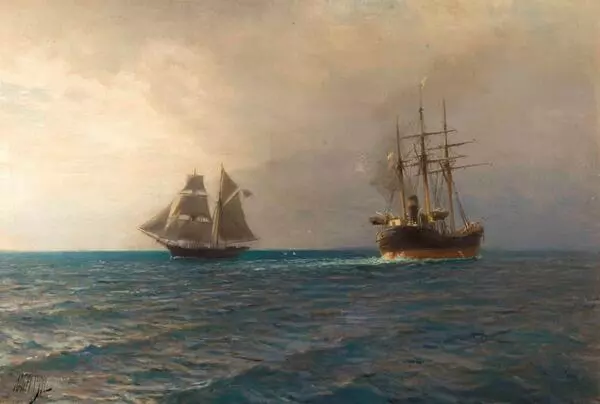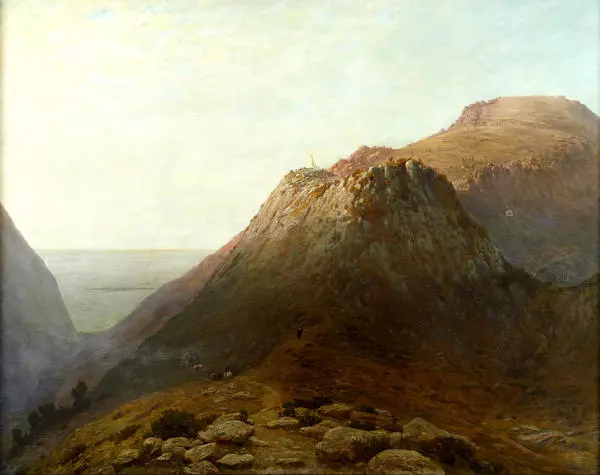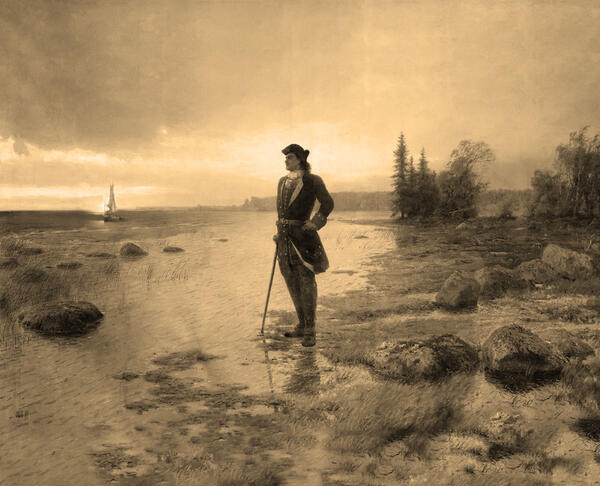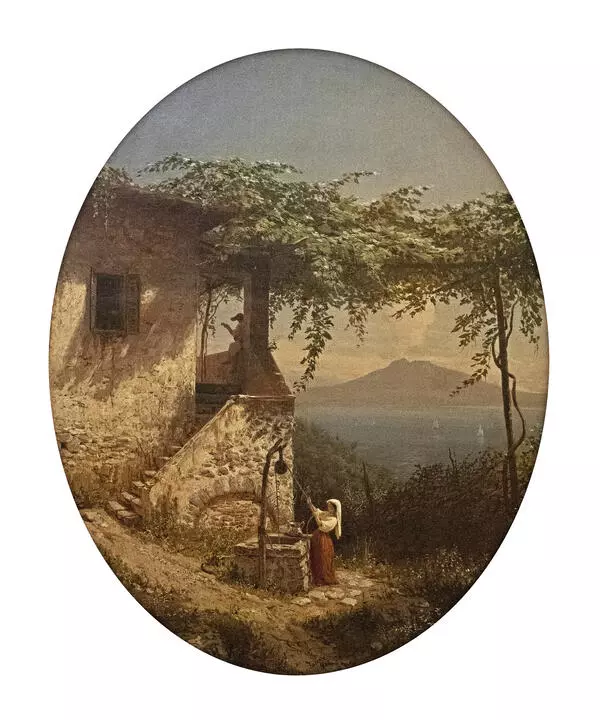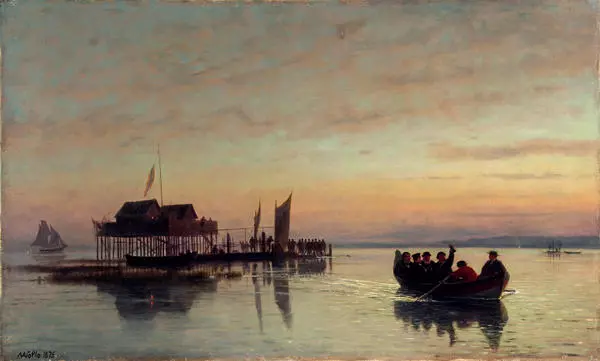Lev Feliksovich Lagorio was a painter and watercolorist. Born in Feodosia in 1827, he became the first student and apprentice of Ivan Konstantinovich Aivazovsky. Later, he studied at the Imperial Academy of Arts in Saint Petersburg. His paintings are displayed in the State Tretyakov Gallery, the State Russian Museum, and other collections.
Lev Lagorio represented the landscape school of Maxim Nikiforovich Vorobyov who developed the traditions of the Late Romantic perspective dominated landscape in the Grand Manner style. In his paintings, Lev Lagorio mostly depicted the sea, its boundless waters, and sea battles. By the mid-19th century, he had already become a mature artist with strong principles, favorite motifs, and painting style.
Initially, Lev Lagorio achieved recognition for his large paintings featuring moderate artistic effects typical of Romanticism. However, his later works were influenced by realistic landscape painting. During that period, the artist searched for new expressive means in terms of both the composition and the color palette. One of the paintings of this period is titled “Cleaning the Morskoy Canal in Saint Petersburg”.
It has an academic composition with a perspective that takes the viewer through the landscape and is devoid of any romantic effects. Having extensively studied the tonal relationship of the ever-changing sea, the artist managed to depict a calm sea in a true-to-life manner with its inherent natural grandeur and beauty. The subdued blue and gray color palette works great to convey the muted light and dull air of a cloudy day.
The presence of a person both enlivens the otherwise uninhabited landscape and emphasizes the mightiness and vastness of nature, reflecting upon its complex relationship with humans.
The dominance of drawing and linear and aerial perspective in the spatial structure of the landscape indicates the influence of the style of Maxim Vorobyov.
Lev Lagorio was one of the founders of the Saint Petersburg Society of Artists along with Arseny Meshchersky and a member of the Society for Art Exhibitions.
As a prominent representative of academic art, Lagorio contributed to the development of 19th-century Russian painting, following the historical and romantic trends.

